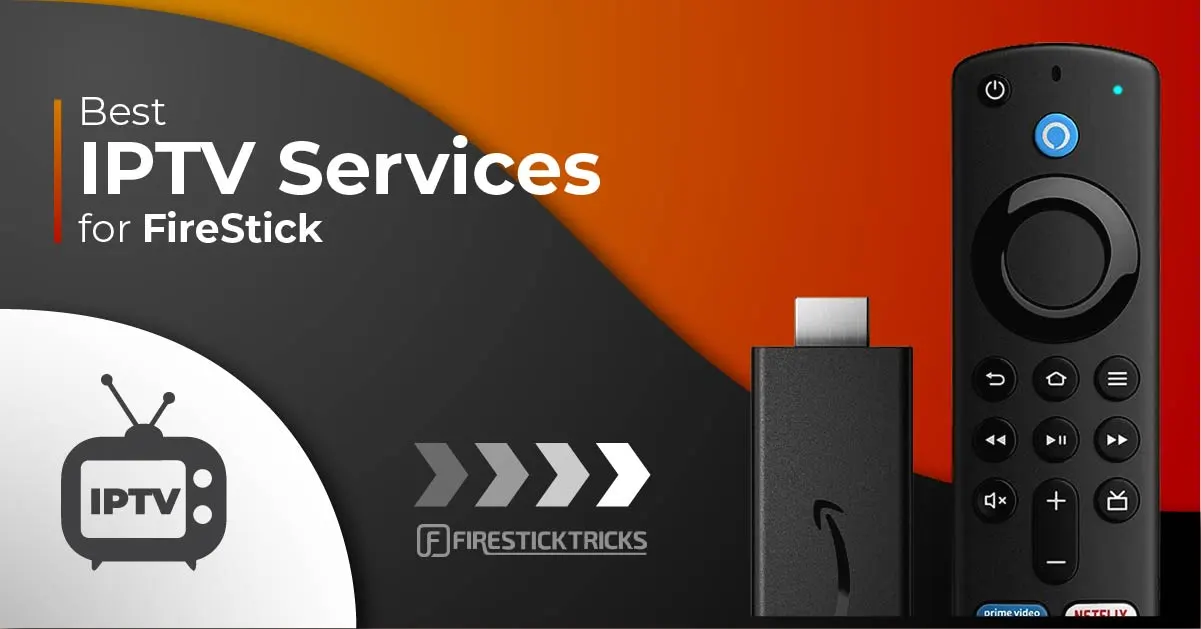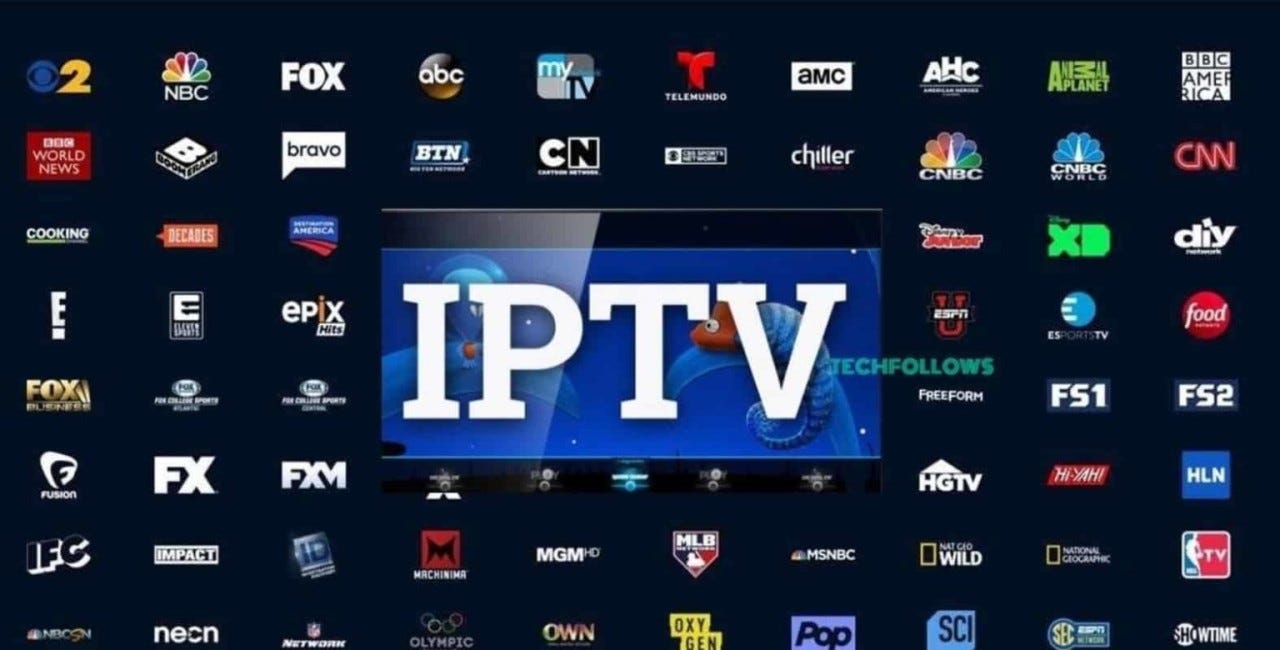Exactly How IPTV Functions: A Step-by-Step Overview to Internet Protocol Tv Modern Technology
Net Protocol Television (IPTV) has actually transformed the way we consume tv content, using a new world of opportunities through the power of the net. From the essential principles of IPTV to the complicated procedure of content shipment, each step plays an essential function in ensuring a smooth viewing experience.
IPTV Basics
In recognizing IPTV basics, it is pivotal to realize the basic workings of this technology in delivering television content over the net. IPTV, which stands for Internet Method Tv, makes use of Net Method (IP) networks to transmit tv web content to customers' tools. Unlike typical approaches of relaying tv material through wire or satellite signals, IPTV streams media with high-speed web connections.

Additionally, IPTV enables interactive capabilities, such as video clip on demand (VOD) and electronic program overviews (EPG), boosting the individual experience by providing even more control and versatility in accessing content. On the whole, comprehending the fundamentals of IPTV establishes the structure for exploring its more advanced capabilities and the benefits it supplies to contemporary television consumption.
Web Content Shipment Refine
Effective content shipment in IPTV systems involves a well-structured procedure that guarantees smooth transmission of television web content over IP networks. The material distribution process in IPTV starts with the creation of the video clip content, which is after that inscribed into electronic format ideal for IP transmission. This encoded material is after that securely saved on servers referred to as media web servers. When an audience demands specific material, the IPTV system retrieves the requested data from the media web servers and delivers it to the audience's tool over the internet.

Middleware Functionality
With the integration of middleware, IPTV systems gain boosted performance that improves individual communication and material monitoring. One of the essential features of middleware in IPTV is to allow tailored individual experiences by giving functions such as interactive program overviews, video-on-demand services, interactive marketing, and customer preferences monitoring.

Gadget Compatibility
Provided the essential function of middleware in allowing seamless interaction and content management in IPTV systems, an essential aspect to consider is the compatibility of tools made use of for accessing the IPTV solutions. Gadget compatibility is vital for guaranteeing a smooth user experience and optimal efficiency when accessing IPTV web content.
In the context of IPTV, gadget compatibility refers to the ability of a tool to properly engage with the IPTV service, display material properly, and support the necessary methods and codecs more info here for streaming video clip content online. Various tools, such as smart Televisions, set-top boxes, mobile phones, tablets, and computer systems, might have varying degrees of compatibility with IPTV services.
To ensure a smooth viewing experience, it is essential for customers to select devices that work with the particular IPTV solution they are utilizing. Additionally, IPTV company should use support for a wide variety of tools to deal with the varied requirements of their user base. By focusing on device compatibility, both individuals and service suppliers can enhance the general IPTV experience.
Quality of Service (QoS)
Taking into consideration the vital duty of maintaining a high requirement of efficiency and integrity in IPTV systems, ensuring consistent High quality of Service (QoS) stays a basic facet of the customer experience. QoS in IPTV refers to the ability of the system to deliver content with very little disturbances, high resolution, and fast loading times.
Company use QoS devices such as website traffic prioritization, buffering, and mistake improvement to keep a steady IPTV service. By prioritizing IPTV web traffic over less time-sensitive data, you can look here providers can ensure smooth playback also throughout top usage hours. Buffering aids make up for network variations, while mistake modification techniques enhance information stability.
Continuous monitoring and optimization of QoS criteria are vital to adjust to changing network problems and individual demands. Inevitably, a durable QoS framework is essential for providing a seamless and delightful IPTV experience to individuals.
Conclusion
Finally, IPTV runs with the transmission of tv web content over web protocol networks. The technology entails a methodical procedure of material delivery, assisted in by middleware functionality to make certain compatibility throughout various tools. Quality of Solution plays an essential duty in maintaining the effectiveness and reliability of IPTV solutions. Understanding the essential concepts of IPTV is important for realizing the complexities of this ingenious television innovation.